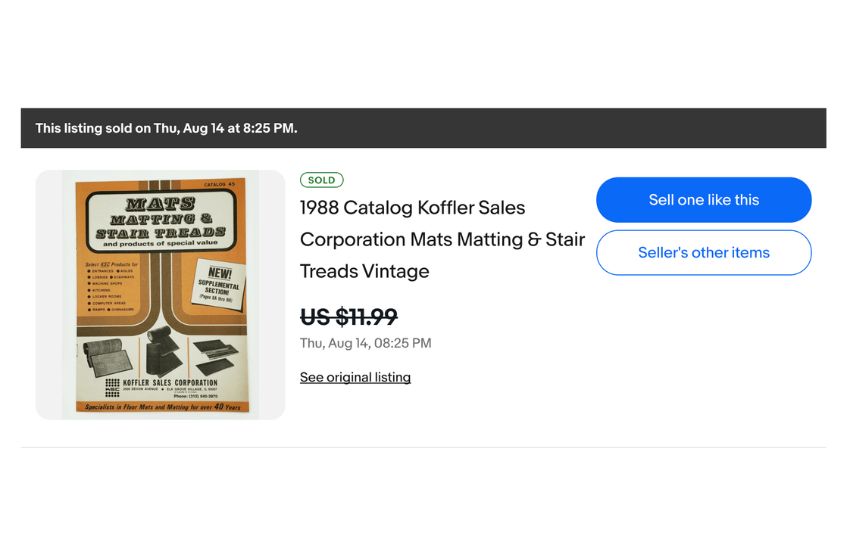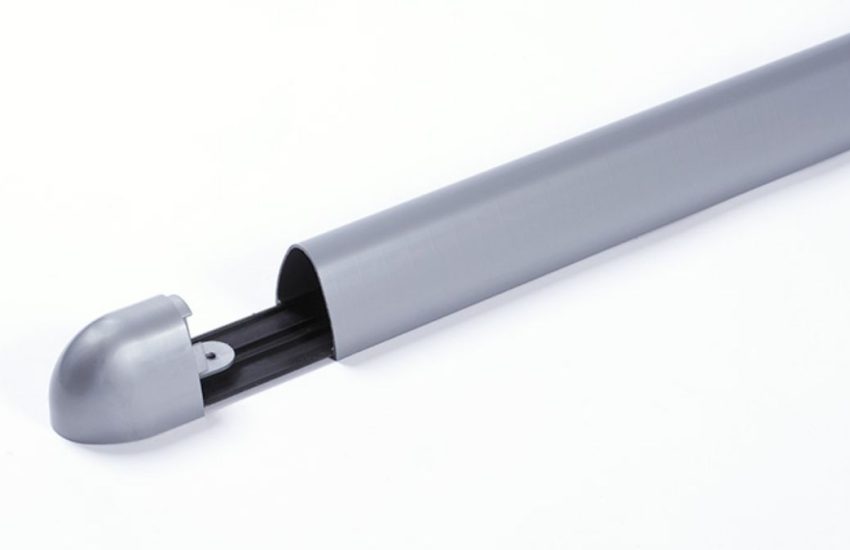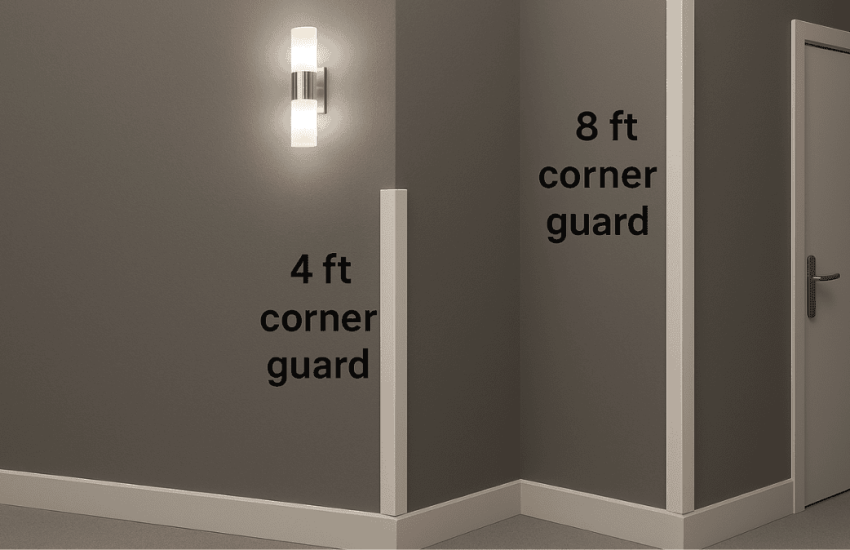Baseboards might not be the stars of your home, but when they’re clean, they make every wall, floor, and piece of furniture look fresher. Dust,
Continue reading

Baseboards might not be the stars of your home, but when they’re clean, they make every wall, floor, and piece of furniture look fresher. Dust,
Continue reading
Walls take a surprising amount of abuse, whether it’s carts in a hospital corridor, rolling luggage in a hotel, moving furniture in an office, or
Continue reading
Installing a new kitchen backsplash shouldn’t slow down a renovation project, especially in commercial environments where units need a fast turnaround. AquaWalls’ laser-etched acrylic backsplash
Continue reading
One of the biggest decisions when choosing a corner guard is the mounting method: do you go with peel-and-stick (adhesive) or screw-in (mechanical) installation? In
Continue reading
When it comes to stair safety and longevity, choosing the right tread material can make all the difference. The choice between vinyl stair treads and
Continue reading
There isn’t exactly a single answer for every project. Many LVT products now include an attached pad, designed to provide comfort and sound absorption. In
Continue reading
Every so often, I do a quick search on eBay for “Koffler Sales” just to see what pops up. Usually, it’s spare floor trim or
Continue reading
Wall guards might not be the most glamorous part of your building project, but get the mounting height wrong and you’ll notice the difference immediately.
Continue reading
When it comes to achieving the clean, timeless subway tile look, you now have more than one option. Traditional subway tiles are made of ceramic
Continue reading
Choosing the right wall base size is more than just a finishing touch—it plays a crucial roole in the appearance and protection of your space.
Continue reading
When it comes to protecting your walls and corners, choosing the right corner guard height is more than just a design choice—it’s a practical decision
Continue reading
Wall base may seem like a small finishing detail, but it plays a surprisingly important role in both protecting walls and giving your space a
Continue reading
Choosing the right wall base might feel like a finishing touch, but it has a major impact on your room’s durability and design. The material
Continue reading
Luxury vinyl tile (LVT) has become a go-to solution for spaces that demand both resilience and design appeal. Whether you’re upgrading a high-traffic commercial area
Continue reading
Corner guards are essential for preserving the integrity of walls in both commercial and residential spaces. Whether you’re managing a bustling office, maintaining a hospital,
Continue reading
When building or renovating multi-unit residential properties like apartment complexes, condominiums, or townhomes, smart material choices can have a big impact on both your bottom
Continue reading
Installing wall base may seem like a small part of finishing a room, but doing it the right way can greatly affect the look and
Continue reading
Stair treads may seem like a small detail in your home or building, but they can be very important. They help to keep you safe,
Continue reading
In high-traffic facilities, window ledges can take a serious beating—scuffs, chips, water damage, and even dents from carts or equipment. But a simple, smart retrofit
Continue reading
Whether you’re managing a construction project, a home renovation, or a commercial space, ensuring that your floors remain protected during heavy traffic or work processes
Continue reading
Floor transition strips might seem like a minor detail, but they play a crucial role in ensuring your flooring looks polished, stays protected, and provides
Continue reading